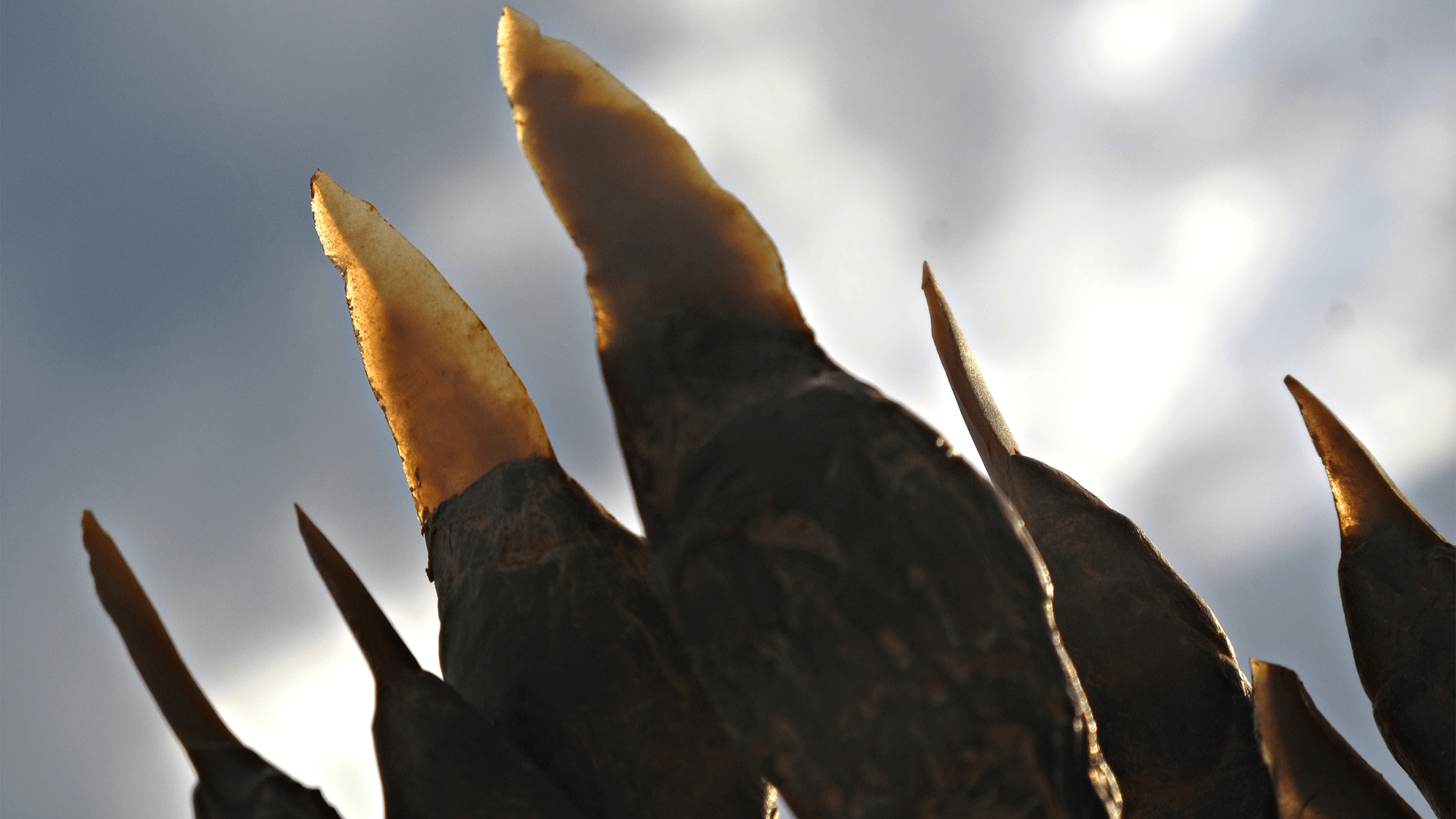

A team of scientists have found what could be the earliest evidence of modern human archery in Europe, dating back 54,000 years–about 10,000 years earlier than previously believed. The findings, published February 22 in the journal Science Advances, suggest that projectile weaponry like the bow and arrow could have been mastered during the modern humans incursion into Neanderthal territory and not after it. This weapon mastery gave humans an advantage over Neanderthals.
These tools were found in Grotte Mandrin, a rock shelter in southern France near the Rhône River valley known for revealing 12 archaeological layers with animal remains and pointed objects since the 1990s.
[Related: 2.9 million-year-old tools found in Kenya stir up a ‘fascinating whodunnit’.]
Projectile weapons like throwable spears and bows and arrows were believed to have appeared very suddenly among modern humans living in Eurasia 45,000 years ago–during the Upper Paleolithic period. However, a 2022 study co-authored by some of this same team uncovered 54,000-year-old dental remains from modern humans at this same site, suggesting that they were in the area about 10,000 years earlier than scientists previously believed.
Now, it appears that bows and arrows were with them.
In this study, the team recovered 852 artifacts with well-defined points, blades, and flakes. Of these samples 383 had wear patterns that indicated they were either thrusted, thrown, or used to saw or cut. 196 items showed signs of being thrown.
The team used microscopic and macroscopic wear analysis to assess them and then used replicas of the artifacts with the same flints and technologies used by early humans to test how well they’d work on a hunt. The points could pierce animal hides and the team studied how they fractured.

The team believes that these findings show that Neanderthals did not develop weapons that could be mechanically propelled. Instead, they continued to use traditional weapons–huge stone-tipped spears that were thrusted or thrown by hand and required close contact with their game.
“Bows are used in all environments, open or closed, and are effective for all prey sizes,” study author Laure Metz, an archaeologist and anthropologist from Aix-Marseille Universite in France and the University of Connecticut, tells PopSci. “Arrows can be shot quickly, with more precision, and many arrows can be carried in a quiver during a hunting foray. These technologies then allowed an uncomparable efficiency in all hunting activities when Neanderthals had to hunt in close or direct contact with their prey, a process that may have been much more complex, more hazardous and even much more dangerous when hunting large game like bison.”
[Related: Neanderthals caught and cooked crabs 90,000 years ago.]
According to Metz, the weapon transitions show that tradition is a deeply human characteristic “Even more than 50,000 years ago, traditions were anchored and important. They [early humans] preferred to keep their weapons than to adopt more effective weapons [that were] totally new to them.”
A team of over 40 scientists will continue to explore Grotte Mandrin, since scientists are still constantly learning more about our early ancestors within its rock layers.
“It is important to understand where we come from and sometimes, something that seems obvious or natural to us, was not so for our ancestors or Neanderthal cousins,” says Metz.
